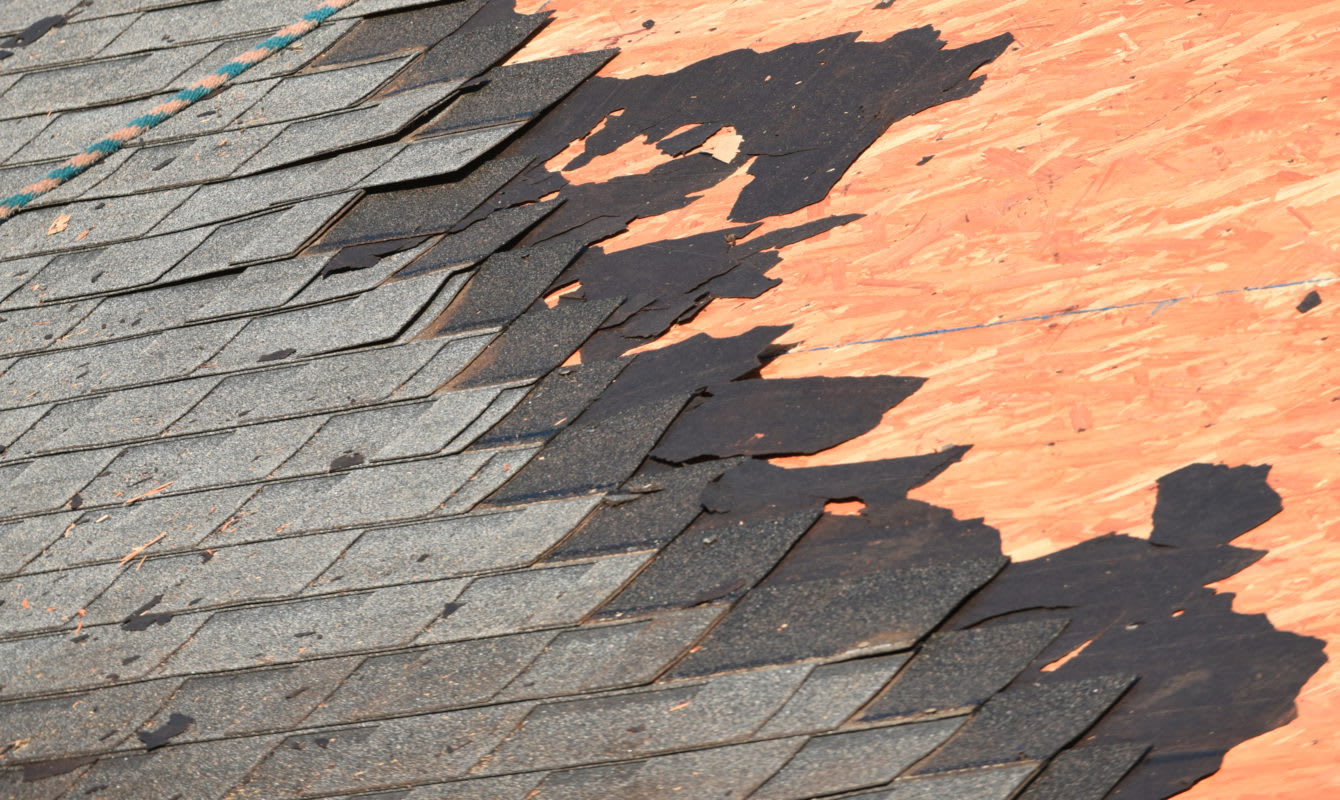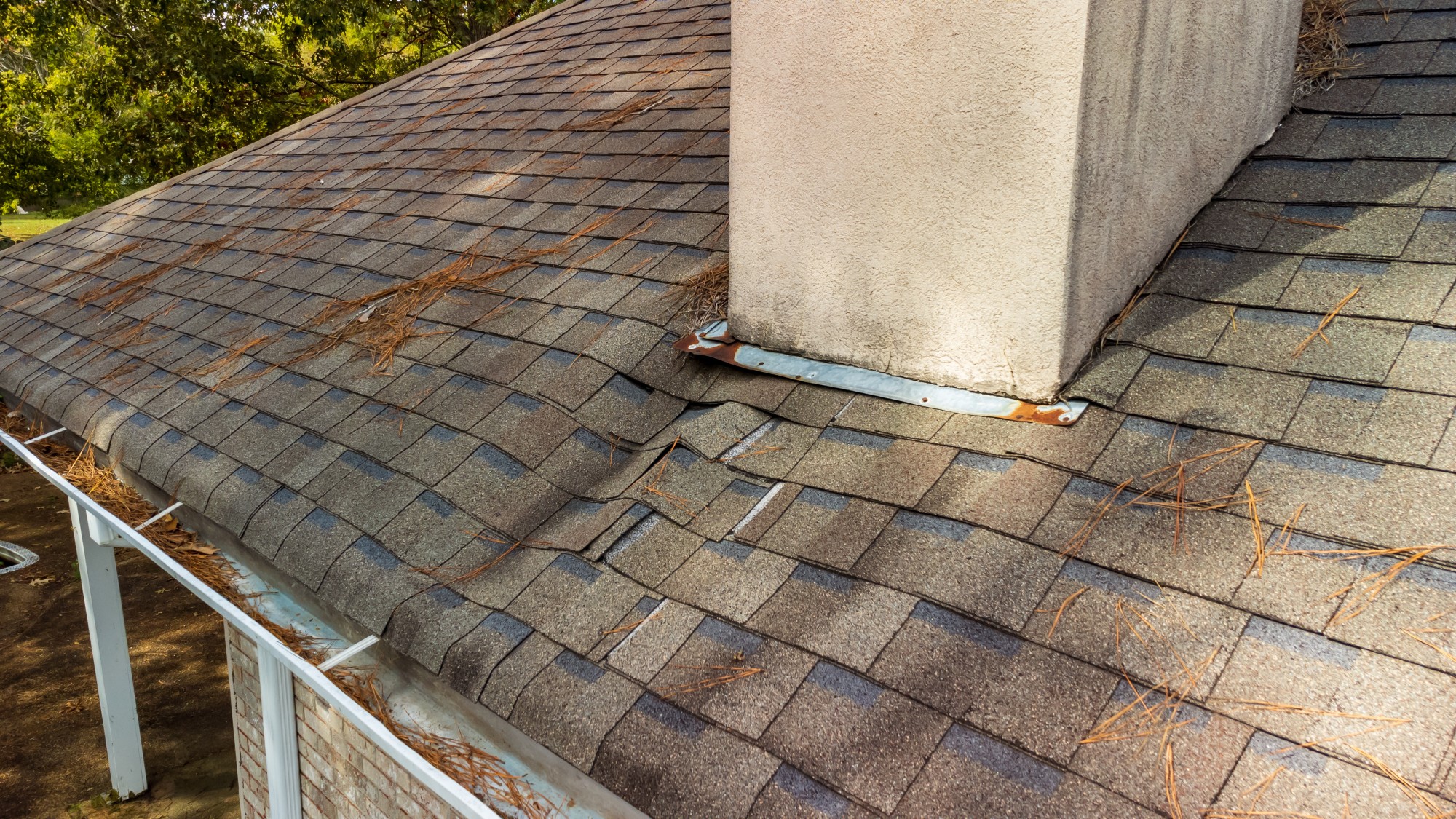Roofers Oahu: Experienced Professionals for Roof Installations and Services
Roofers Oahu: Experienced Professionals for Roof Installations and Services
Blog Article
Recognizing the Various Sorts Of Roof Coverings: A Comprehensive Overview for Homeowners
With an array of choices-- ranging from the typical gable to the modern flat-- each type provides one-of-a-kind advantages and obstacles that ought to line up with the property owner's environmental factors to consider and specific needs. As we explore the ins and outs of various roof covering kinds, it becomes obvious that one size does not fit all; the appropriate selection may shock you.
Saddleback Roof
Saddleback roofs, characterized by their triangular shape, are amongst one of the most preferred roof designs as a result of their simplicity and efficiency in losing water and snow. This design includes 2 sloping sides that fulfill at a ridge, enabling for reliable drain and minimizing the threat of water build-up. The high pitch typically related to gable roofing systems boosts their ability to take care of hefty rainfall, making them ideal for numerous environments.
In enhancement to their practical benefits, saddleback roofs use aesthetic flexibility. They can be adjusted to numerous architectural styles, from traditional to modern-day homes. The layout can additionally fit additional features such as dormer home windows, which enhance natural light and ventilation in the attic room space.
Additionally, saddleback roofs supply enough area for insulation, adding to power performance. Homeowners can pick from a range of roof covering products, including asphalt shingles, steel, and ceramic tiles, even more improving customization alternatives.
Regardless of their advantages, saddleback roofs may call for additional assistance in areas vulnerable to high winds or heavy snowfall. On the whole, the saddleback roof continues to be a favored option as a result of its mix of functionality, toughness, and visual charm.
Apartment Roofs
Flat roof coverings are often identified for their minimalist design and practical applications, specifically in commercial and industrial setups (oahu roofing). These roofing systems include a straight or almost straight surface, which permits easy building and flexible space use. While they may lack the visual allure of angled roofs, flat roof coverings use various benefits, specifically in metropolitan environments where maximizing area is important
One of the main advantages of level roofs is their access. Property owners can make use of the roofing system area for numerous objectives, such as roof yards, balconies, or solar panel installments. Additionally, level roofings are generally more affordable to preserve and install contrasted to their sloped counterparts, as they call for fewer products and labor.
Nonetheless, level roofings do existing certain challenges. Appropriate water drainage is vital to protect against water pooling, which can cause leakages and structural damage. Thus, picking high-quality waterproofing materials and regular assessments are crucial for making certain long life. Usual materials utilized for level roof coverings include built-up roof (BUR), changed asphalt, and single-ply membranes, each offering distinct benefits. On the whole, flat roofing systems function as a practical and adaptable option for numerous home owners and services alike.
Hip Roofs
Hip roofs are identified by their sloped sides that merge at the top, developing a ridge. This layout stands out from saddleback roofs, as all four sides of a hip roof slope downwards towards the walls, giving an extra steady framework. The angle of the inclines can vary, permitting for convenience in building visual appeals and performance.
One of the main advantages of hip roofing systems is their capacity to endure heavy winds and adverse climate condition. The sloped surface areas enable better water drain, decreasing the risk of leakages and water damages. Furthermore, hip roofing systems supply increased attic room space, which can be utilized for storage and even exchanged comfortable locations.
However, building a hip roof covering can be more pricey and complicated than less complex roofing system kinds, such as gable roofings. The added material and labor associated with creating the inclines and ensuring appropriate structural integrity can cause higher expenses. In spite of these disadvantages, numerous home owners favor hip roofing systems for their durability, visual appeal, and capacity for power effectiveness.
Mansard Roof Coverings
Mansard roofing systems, typically recognized by their special four-sided layout, attribute 2 slopes on each side, with the reduced incline being steeper than the upper. This building style, stemming from France in the 17th century, is not just cosmetically enticing however functional, as it makes best use of the usable room in the upper floors of a structure. The high reduced incline enables for more clearance, making it a perfect option for loft spaces or attic rooms, which can be exchanged living areas.
Mansard roof coverings are characterized by their versatility, fitting different architectural designs, from conventional to modern. They can be constructed with different materials, including asphalt tiles, slate, or metal, giving property owners with a range of choices to suit their budgets and preferences. Additionally, the layout permits the combination of dormer windows, boosting all-natural light and ventilation in the upper levels.
Nonetheless, it is vital to take into consideration the potential disadvantages. Mansard roofs might call dig this for even more maintenance because of the intricacy of their layout, and their high slopes can be testing for snow and rain runoff. Generally, mansard roofings incorporate elegance with he said usefulness, making them a popular option among house owners seeking distinctive architectural functions.
Lost Roofs
As house owners progressively look for simplicity and functionality in their architectural designs, lost roofings have become a preferred choice. Identified by a solitary sloping plane, a shed roof provides a minimalist aesthetic that complements different home designs, from contemporary to rustic.
One of the primary benefits of a shed roof covering is its uncomplicated building, which commonly translates to reduce labor and material expenses. This style enables effective water drainage, reducing the danger of leaks and water damage. Additionally, the upright incline gives ample space for skylights, enhancing natural light within the inside.
Dropped roofs likewise offer adaptability in regards to use. They can be successfully integrated right into enhancements, garages, or outdoor frameworks like sheds and structures. In addition, this roof style can accommodate numerous roof products, including steel, asphalt tiles, or perhaps eco-friendly roofings, aligning with environmentally friendly efforts.
Nevertheless, it is essential to consider local climate problems, as heavy snow loads might require adjustments to the roof covering's angle or framework. Overall, lost roofing systems offer a sensible and cosmetically pleasing choice for property owners looking to make best use of functionality without jeopardizing style.
Conclusion


Gable roofings, identified by their triangular form, are amongst the most popular roofing designs due to their simpleness and effectiveness in go now dropping water and snow. oahu roofing. The steep pitch typically linked with gable roof coverings boosts their capacity to take care of heavy precipitation, making them ideal for numerous climates
While they might do not have the visual allure of pitched roofs, level roof coverings provide various advantages, specifically in city atmospheres where optimizing area is essential.

Report this page